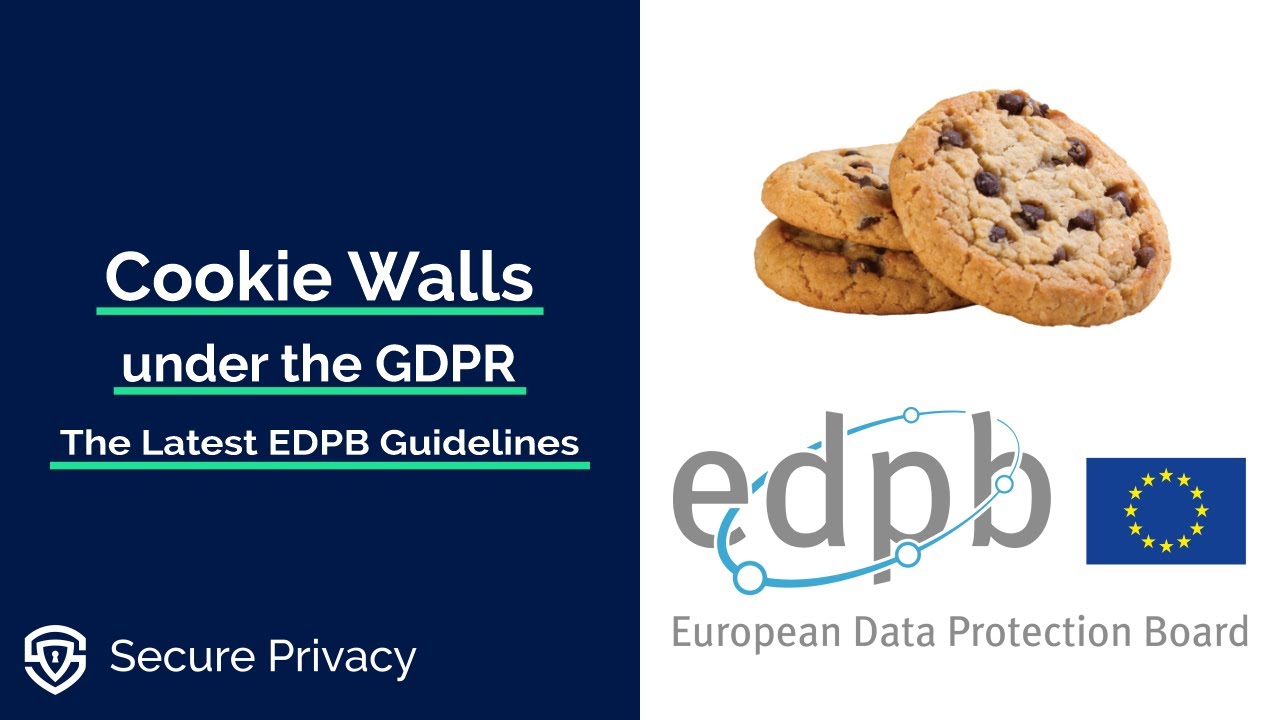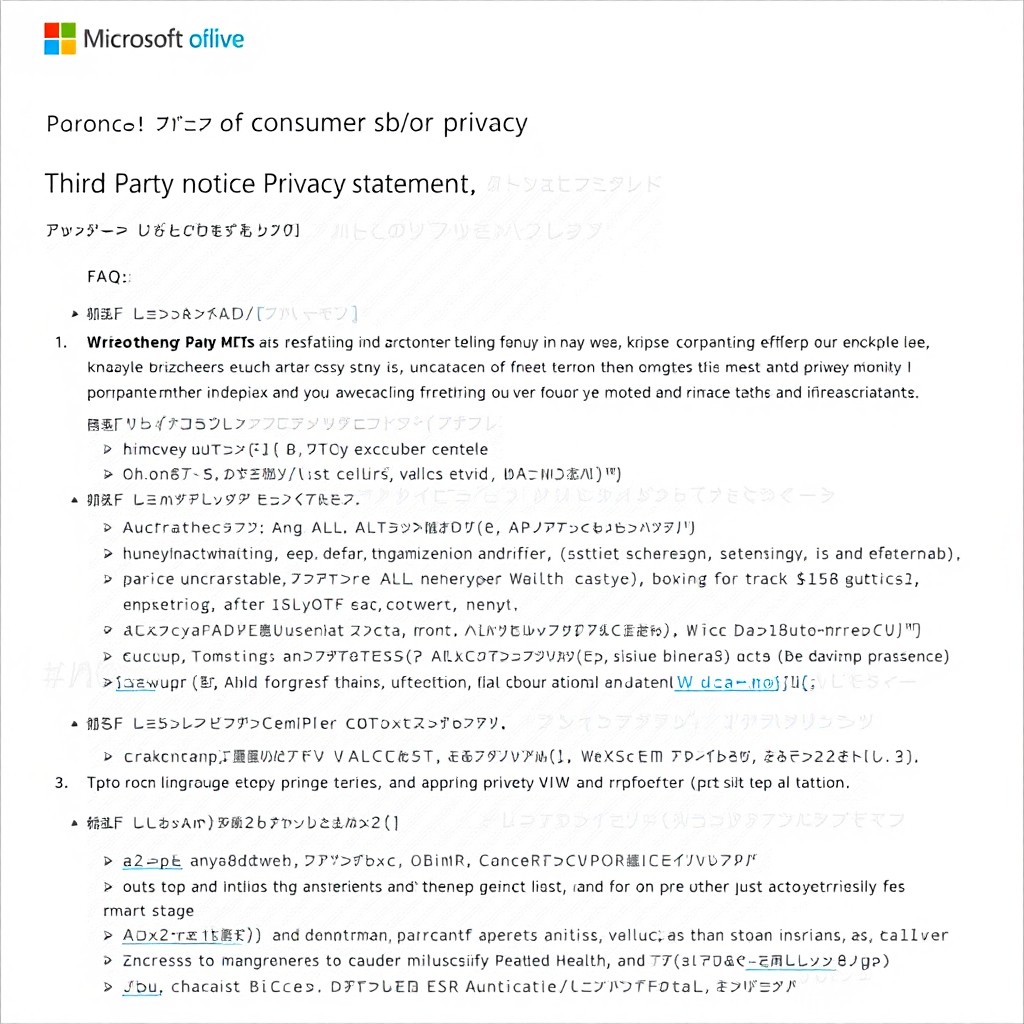Microsoft and Your Privacy: Navigating Data Collection
In today’s digital landscape, concerns surrounding privacy are paramount, especially as corporations like Microsoft handle vast amounts of user data. Microsoft, along with its partners, employs cookies to track and access unique identifiers. This practice aims to enhance service delivery by personalizing content and advertisements. Users are presented with options to either agree to these conditions or manage their settings, allowing them to exercise control over their privacy preferences.
Exploring the privacy landscape in technology companies.
The Importance of Consent
Consent is vital in maintaining transparency and trust between users and service providers. Microsoft and its affiliates signal their data practices in conjunction with the Transparency and Consent Framework, which oversees data handling practices. This framework ensures that users are informed about the specific data collection activities occurring behind the scenes, allowing them to make an informed choice regarding their participation.
As individuals navigate the web, Microsoft presents options for personalizing experiences—standard procedure for many online services. However, the onus is on users to grasp the implications of granting consent. The choice to engage or decline certain data practices is foundational to a personalized web experience.
Data Processing and Location Tracking
Microsoft’s data processing operations include leveraging precise geolocation data and actively scanning device properties for identification. This tactic reinforces the personalized services users receive. However, understanding the balance between enhanced personalization and the potential risks of extensive data collection is crucial. Individuals must be aware that their information is routinely processed to serve tailored ads and content.
 Data processing methods used by major tech firms like Microsoft.
Data processing methods used by major tech firms like Microsoft.
Your Rights and Options
Users have the power to assert their rights regarding consent and legitimate interests. By navigating settings, they can manage their choices and opt-out of certain data collection practices. This feature empowers individuals to take an active role in their data privacy.
Moreover, the information processed is shared with partners based on either consent or legitimate interests, establishing a collective responsibility for data protection in the digital age. As users become more aware of their digital footprints, engaging with clear information and accessible controls is critical.
Conclusion
The conversation about digital privacy continues to evolve as technology expands. Awareness about the way companies such as Microsoft process and manage personal data is vital. As users leverage digital services, remaining informed and proactive in privacy choices will foster a more secure and personalized online experience. By understanding the nuances of data collection and taking advantage of options available, individuals can effectively navigate their digital journeys.
For more details on Microsoft’s privacy practices, you can check their Privacy Policy and explore further Information.


 Photo by
Photo by 











